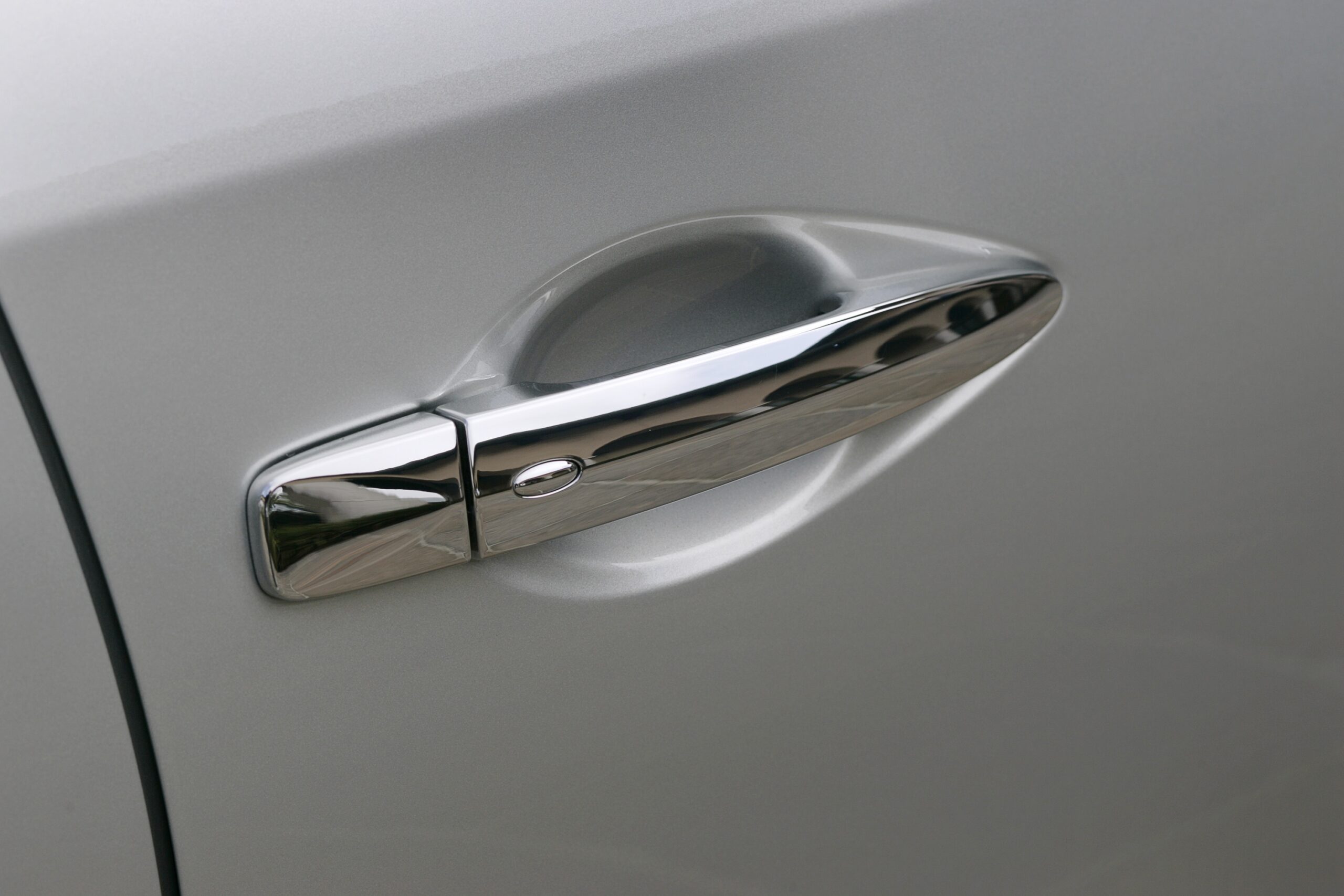In today’s world, energy consumption and efficiency have become more critical. As we seek sustainable solutions to power our homes and devices, the role of inverters becomes increasingly significant. Among the various options available, a 3000W inverter is a powerful tool to transform your energy consumption patterns. Whether you are looking to power appliances during an outage, run equipment off-grid, or make your energy use more efficient, a 3000-W inverter can be a game-changer.
Understanding the Basics of a 3000-W Inverter
A 3000-W inverter is an electrical device that plays a crucial role in modern energy systems by converting DC power into AC power. DC power, typically generated by sources such as solar panels or batteries, needs to be converted into AC power to be used by most household appliances and equipment use.
The 3000-W rating indicates the maximum power output the inverter can handle, making it suitable for running multiple devices simultaneously or powering high-demand equipment. When considering a 3000-W inverter, it is essential to understand the significance of its input voltage, which is often specified as 12-V or 24-V. The input voltage represents the DC voltage level required for the inverter to function correctly.
A 12-V inverter is commonly used in smaller setups, such as those found in recreational vehicles (RVs) or smaller solar power systems. In contrast, a 24-V inverter is typically used in larger systems where higher power capacity and efficiency are required. The choice between a 12-V and a 24-V inverter depends on factors such as the size of your energy system, the total power requirements, and the type of battery or energy storage you are using.
Benefits of Using a 3000-W Inverter in Various Scenarios
The versatility of a 3000-W inverter makes it an invaluable tool for a wide range of applications. One of the most significant benefits is its ability to provide a reliable power source during power outages. In emergencies or unexpected blackouts, having a 3000-W inverter can ensure that essential appliances, such as refrigerators, medical equipment, and lighting, remain operational. This capability is critical when continuous power is critical for health and safety.
A 3000-W inverter offers a practical solution for utilising renewable energy sources for individuals living in remote areas or off-grid environments. By converting the DC power generated by solar panels or wind turbines into AC power, this inverter enables you to harness renewable energy and reduce your dependence on traditional power grids.
A 3000-W inverter plays a crucial role in managing stored energy from batteries. Efficiently converting and utilising stored DC power helps optimise energy usage and reduce overall electricity expenses. This efficiency is especially beneficial for households or businesses looking to maximise their energy storage systems and minimise reliance on external power sources.
Unparalleled Features of Inverter 3000W
The advanced features of a 3000-W inverter enhance its functionality and make it a versatile tool for various applications. One of the standout features is built-in overload protection. This safety mechanism prevents the inverter from being damaged due to power surges or excessive loads. Overload protection is crucial in safeguarding both the inverter and the connected devices, ensuring reliable performance and longevity.
Another essential feature is the intelligent cooling system. Inverters can generate heat during extended use, affecting their efficiency and lifespan. An intelligent cooling system helps manage and dissipate heat, preventing overheating and maintaining optimal performance. This feature is precious for applications that require continuous power output, as it ensures that the inverter 3000W operates within safe temperature limits.
Some 3000-W inverter models offer remote control capabilities, allowing users to monitor and manage power usage from a distance. This convenience benefits users who want to keep track of energy consumption or make adjustments without accessing the inverter directly. Remote control features often include digital displays or mobile apps that provide real-time information on power usage, battery status, and system performance.
Practical Applications of a 3000-W Inverter in Daily Life
A 3000-W inverter offers a versatile range of practical applications in daily life, making it an essential tool for those seeking efficient power solutions. Here are some common uses:
Backup Power for Homes
In a power outage, a 3000-W inverter can provide backup electricity to run essential household appliances like refrigerators, lights, and fans. It ensures critical device operation, maintaining comfort and safety during grid failures.
Off-Grid Living
A 3000-W inverter converts solar or battery-generated power into usable AC electricity for those living in off-grid homes or remote areas. It’s powerful enough to run multiple appliances such as washing machines, microwaves, and air conditioners, allowing for modern conveniences even in isolated locations.
RV and Camping Trips
A 3000-W inverter can power electrical devices in an RV or at a campsite when on the road or in the wilderness. It adds comfort and convenience to outdoor adventures, from charging phones and laptops to powering small kitchen appliances and entertainment systems.
Power Tools at Job Sites
Construction sites or remote work areas without grid electricity can rely on a 3000-W inverter to run power tools like drills, saws, and air compressors. Its capacity supports the operation of multiple tools simultaneously, enhancing productivity.
Emergency Situations
A 3000-W inverter can power critical medical devices, communication equipment, and lighting during natural disasters, ensuring safety and connectivity when conventional power sources are unavailable.
Maximising Efficiency with A 3000W Inverter 12V
To maximise the efficiency of a 3000-W inverter 12-V, it is essential to pair it with a compatible battery system that can provide reliable and consistent power. The choice of battery is crucial, as it directly affects the inverter’s performance and efficiency. Selecting a high-quality battery that matches the inverter’s specifications ensures the system operates smoothly and efficiently.
Regular maintenance is another critical factor in optimising the efficiency of a 3000W inverter 12V. This includes checking and securing all electrical connections and cables to prevent energy loss and ensure reliable performance. Periodically inspecting the system for signs of wear or damage and addressing any issues promptly can help maintain optimal efficiency. Using energy-efficient appliances is also beneficial for maximising the inverter’s efficiency.
By reducing the overall power consumption of connected devices, you can make the most of the inverter’s capacity and minimise energy waste. Integrating solar panels into your setup can enhance efficiency by generating renewable energy and reducing reliance on battery power. Strategically managing stored energy is essential for maintaining the inverter’s efficiency. This involves monitoring energy levels, using power wisely, and avoiding overloading the system.
Installation and Maintenance Tips for Optimal Performance
Proper installation and maintenance are crucial for ensuring the optimal performance of your 3000-W inverter. To begin with, install the inverter in a dry, well-ventilated location to prevent overheating. Adequate ventilation is essential for maintaining a cool operating environment and prolonging the inverter’s lifespan.
Keep the installation area free from dust and debris to prevent clogging of cooling fans and other components. Regularly inspect and clean the cooling fans to ensure they are functioning correctly. Clogged or malfunctioning fans can lead to overheating and affect the inverter’s performance. Check all electrical connections and wiring for tightness and signs of wear.
Loose or damaged connections can lead to energy loss, inefficiency, or even safety hazards. Ensure that all wiring is secure and corrosion-free to maintain reliable power transmission. Avoid placing the inverter in direct sunlight or extreme temperatures, as these can affect its performance and longevity. Follow the manufacturer’s guidelines for load capacity to prevent overloading the inverter and causing potential damage.
Choosing the Right 3000-W Inverter for Your Needs
Selecting the suitable 3000-W inverter involves careful consideration of your specific power requirements and the features offered by different models. Start by calculating the total wattage of the devices you intend to power simultaneously. This will help you determine the appropriate inverter capacity and ensure it can handle your power demands without overstressing.
Look for models that offer essential features based on your needs, such as multiple AC outlets, USB ports, or remote monitoring capabilities. The availability of these features can enhance the inverter’s functionality and convenience, making it a more versatile tool for your energy management. Consider the inverter’s efficiency ratings and built-in safety features.
Higher efficiency ratings indicate better performance and lower energy loss, while safety features such as overload protection and intelligent cooling systems contribute to reliable and safe operation. Research customer reviews and consult with experts to gain insights into the performance and reliability of different inverter models. This information can help you make an informed decision and choose an inverter that best meets your energy consumption needs.
Ensuring Safety When Operating A 24V Inverter 3000W
Safety is a critical consideration when operating a 24V inverter 3000W. Always adhere to the manufacturer’s guidelines and recommendations to ensure safe usage. Proper earthing of the inverter is essential to prevent electrical hazards and protect both the device and users. Stay within the inverter’s specified power capacity to avoid overloading. Overloading can lead to overheating, potential damage, and reduced efficiency.
Regularly inspect all cables and connections for signs of wear, damage, or corrosion and replace them as necessary to maintain safety and performance. Keep the inverter in a well-ventilated area to prevent overheating and ensure optimal operation. Avoid placing the inverter in direct sunlight or environments with extreme temperatures, as these conditions can affect its performance and lifespan.
Conclusion
In summary, a 3000-W inverter offers significant improvements in energy consumption by efficiently converting DC power to AC power for various applications. Its high capacity ensures it can handle multiple devices simultaneously, enhancing energy management and reducing dependence on the grid. By incorporating this powerful inverter, users can achieve greater energy efficiency, reliability, and flexibility in their power systems, ultimately leading to cost savings and more sustainable energy use.
FAQs
What are the benefits of using a 3000-W inverter?
A 3000-W inverter provides several benefits, including powering various devices simultaneously without overloading. It offers greater flexibility and reliability in energy management, making it suitable for high-demand applications. Additionally, it helps reduce reliance on the grid, providing a reliable backup power source during outages.
How do I determine if a 3000-W inverter is suitable for my needs?
To determine if a 3000-W inverter suits your needs:
- Calculate the total wattage of the devices you plan to power.
- Ensure that the combined wattage does not exceed the inverter’s 3000-W capacity.
- Consider your power requirements, including any peak or surge power needs.
Can a 3000W inverter be used with solar panels?
Yes, a 3000W inverter can be used with solar panels to convert the DC power generated by the panels into AC power for household use. When integrating with a solar system, ensure the inverter’s capacity matches or exceeds the power output of your solar panels.
What maintenance does a 3000-W inverter require?
A 3000-W inverter requires minimal maintenance but should be regularly inspected to ensure optimal performance. Key maintenance tasks include:
- Keeping the inverter clean and dust-free.
- Checking connections for corrosion or damage.
- Ensuring proper ventilation to prevent overheating.
Periodic checks of the inverter’s operational status and performance can help identify issues early and ensure long-term reliability.
What features should I look for in a 3000-W inverter?
When selecting a 3000-W inverter, consider high efficiency, surge protection, and low total harmonic distortion (THD) for clean power output. Look for an inverter with adequate cooling mechanisms to prevent overheating and ensure reliability.





